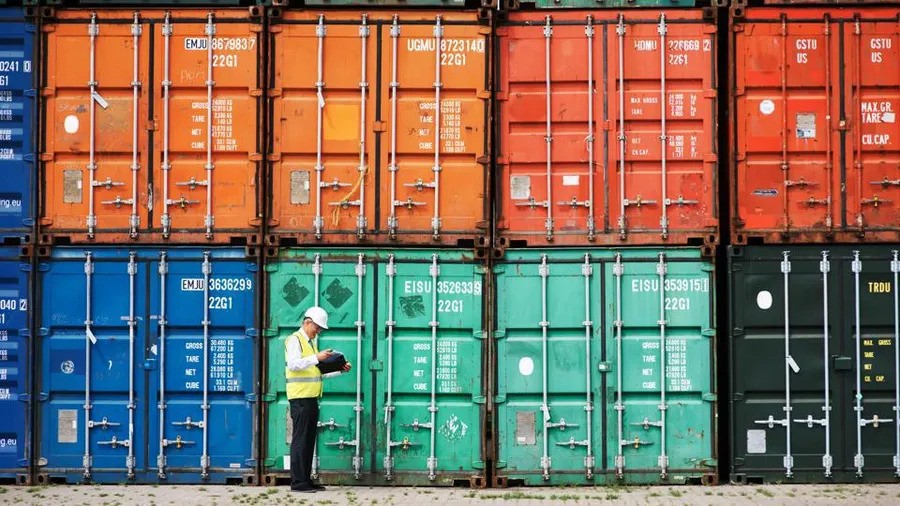Shipping containers, those large steel boxes you often see stacked on cargo ships or lined up in ports, have revolutionized the global trade industry. They are the backbone of modern logistics, enabling the efficient and secure transportation of goods across the world shipping containers for sale qld. However, in recent years, shipping containers have evolved far beyond their original purpose. They have become a symbol of innovation, adaptability, and sustainability in various sectors, including architecture, retail, and even disaster relief.
A Brief History of Shipping Containers
The concept of the shipping container was first introduced by Malcom McLean in the 1950s. McLean, a trucking entrepreneur, realized that the process of loading and unloading cargo from ships was incredibly inefficient and time-consuming. He developed the idea of using standardized containers that could be easily transferred between ships, trucks, and trains without the need to unload the contents. This innovation dramatically reduced shipping times and costs, leading to the globalization of trade as we know it today.
Shipping Containers in Architecture
One of the most exciting trends in recent years is the use of shipping containers in architecture. The modular nature of these containers makes them ideal for constructing homes, offices, and even entire apartment complexes. Container architecture, or “cargotecture,” has gained popularity for its cost-effectiveness, durability, and sustainability.
Shipping container homes, for example, are an attractive option for those looking to build an affordable and eco-friendly dwelling. These structures can be assembled quickly and customized to suit individual needs. They are also incredibly durable, able to withstand harsh weather conditions and even natural disasters like earthquakes and hurricanes. In urban areas, shipping containers have been repurposed into pop-up shops, cafes, and co-working spaces, adding a modern and industrial aesthetic to the cityscape.
Sustainability and Shipping Containers
The environmental benefits of repurposing shipping containers are significant. Each year, thousands of containers are retired from service, often ending up in scrapyards. By converting these containers into usable structures, we reduce the need for new building materials and minimize waste. Additionally, container buildings can be outfitted with energy-efficient systems, such as solar panels and rainwater harvesting, further reducing their environmental impact.
In disaster relief efforts, shipping containers have proven to be invaluable. Their portability and durability make them ideal for creating temporary shelters, medical clinics, and storage facilities in areas affected by natural disasters. Organizations around the world have embraced the use of containers to provide rapid, effective relief to those in need.
The Future of Shipping Containers
As the world continues to grapple with issues like climate change, urbanization, and housing shortages, the versatility of shipping containers will likely play an increasingly important role in addressing these challenges. Architects and designers are constantly finding new ways to incorporate containers into innovative and sustainable building projects. Meanwhile, the logistics industry continues to rely on these containers as the foundation of global trade.
